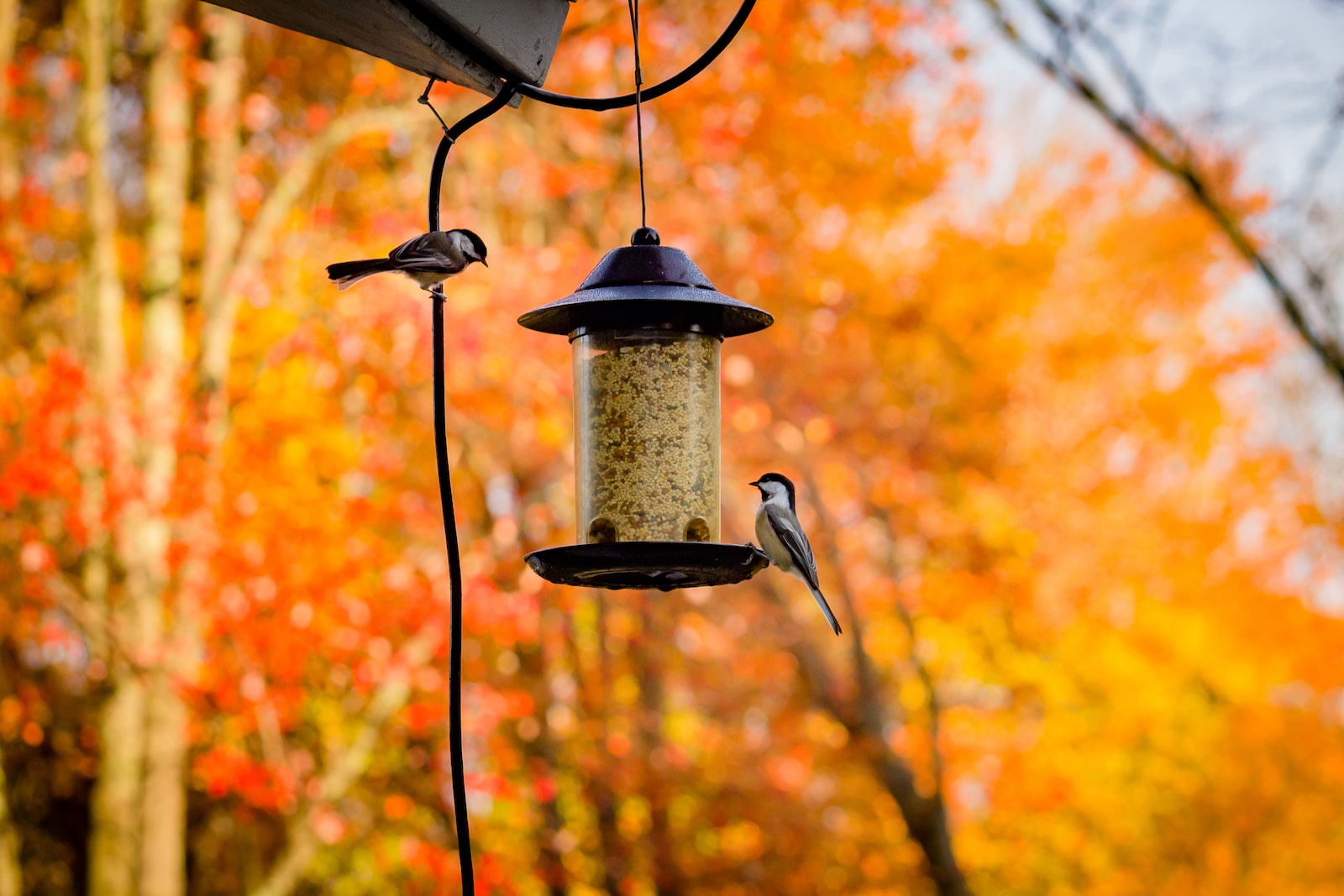What Foods are Safe for Wild Animals
Feeding wildlife can be a thrilling experience, but there’s a fine line between supporting these animals and causing unintentional harm. It’s essential to know the appropriate types of food. As a general guideline, opt for natural produce, such as fruits and vegetables. For an in-depth guide treehugger.com provides valuable insights into feeding wild birds. Their dietary recommendations highlight grains like corn, oats, and rice.
The ethos here is ”less processed, more natural”. Highly processed foods containing sugar, salt, or additives are harmful for wildlife. Wild animals also lack the necessary digestive enzymes to break down foods like bread, pastries or candy, which can lead to serious health issues. Instead, consider providing seeds, chopped fruits, and leafy greens for a healthier alternative.
Specific Foods for Specific Animals
Different wildlife species require different foods based on their unique dietary needs. It’s critical to understand these differences before feeding wildlife. For example, squirrels enjoy fruits, vegetables, and nuts while ducks and geese prefer corn, oats, peas, and seeds. Chopped fruits and leafy greens are great for rabbits and deer while raccoons find fruits, vegetables, and fish appetizing.
In all cases, avoid feeding items we’d often consider as treats – such as bread, pastries or candy – these don’t fulfil their nutritional needs and can cause health problems.
Risks and Dangers of Feeding Wildlife
Feeding wildlife is not devoid of risks. While it might seem like a friendly gesture, it can inadvertently create imbalances in local ecosystems. Regular human contact can make wildlife too comfortable around people, leading them to become pests or prone to confrontations. democratandchronicle.com provides guidelines on feeding wildlife responsibly to reduce these risks.
Moreover, providing improper food sources can cause digestive problems, disease, or even death for these animals. Wildlife can also become dependent on humans for food, disrupting their natural dietary habits and foraging skills. Hence, feeding should be an occasional act of kindness, not a daily meal ticket for wildlife.
Alternatives to Feeding Wildlife
Rather than direct feeding, there are other ways to support wildlife while minimizing risks. Plant native plants, shrubs, and trees in your garden to provide natural food sources and habitats. This encourages biodiversity and helps in restoring habitats. If you’d like to provide water, a birdbath or a pond can be a welcomed addition to your garden, attracting various species.
Creating natural habitats can also entice wildlife into your garden. For instance, a heap of logs or compost heap benefits insects and reptiles whereas nest boxes can prove helpful to many bird species. All these actions combined support local wildlife and enhance their chances of survival, all while helping you enjoy the natural world from your own backyard.

